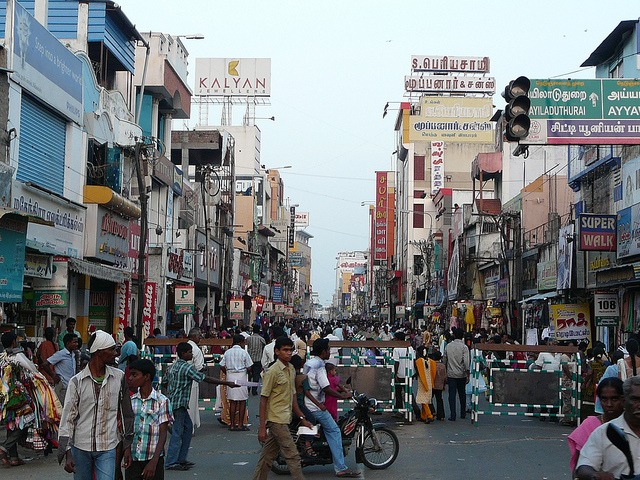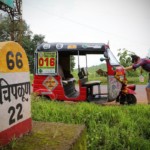Of course, the reason for the floods in Tamilnadu should be straightforward enough: India’s southern region hasn’t seen this much rain in over a century. However, as it turns out, there is a much more complicated answer to the issue.
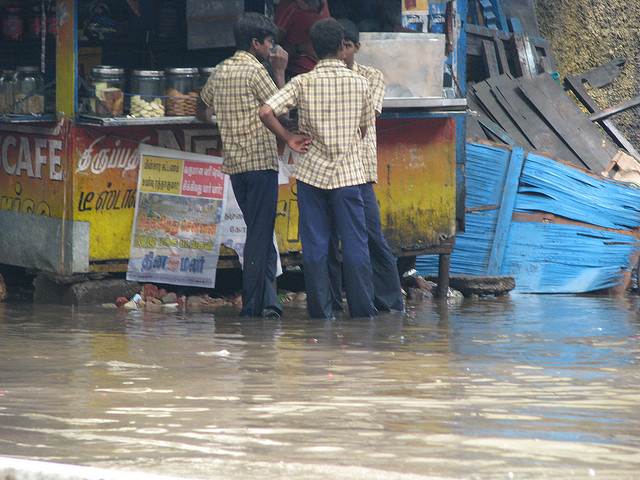
The water is gone in many parts of the city, but the scars of the Chennai floods still remain in the hearts of the citizens. Most of the inhabitants believe that there were a series of careless decisions on the government’s part that lead to this disaster, and it turns out that they just might be right.
There is no question about the fact that the rainfalls at the beginning of December have broken a century’s worth of records. As the India Meteorological Department put it, it all mainly boils down to a very strong El Niño.
Truth is, however, that the heavy rains are not solely to blame – the city’s water drainage system promptly failed in these conditions. The improper logging of water reservoirs, the release of too much water into rivers just before the downpour began and the general ignorance of meteorological forecasts warning of the rain all contributed to the floods.
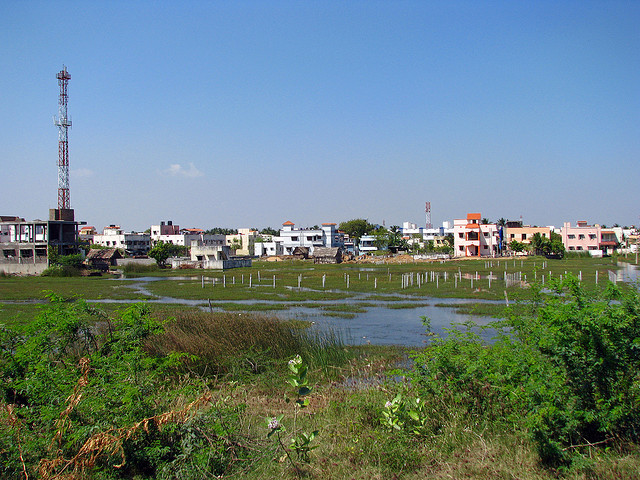
At this point, it is also important to mention that there is an astounding amount of illegal construction going on in Chennai. There are more than 150,000 illegal buildings scattered throughout the city, taking over the places of water canals, lakes and tanks.
According to BBC News, the list, unfortunately, goes on: as in the case of many large cities, nature is placed in the backseat and shushed as if it didn’t matter. However, when disaster strikes, it becomes evident that deforestation, for example, also contributes to the fact that the water didn’t flow away properly. In many instances, project leaders went on to approve the clearing out of at least 52 acres of forest, but had no official permit to do so.
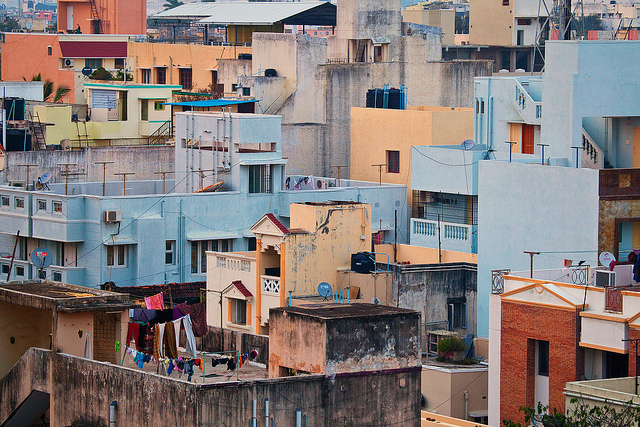
Then there’s the problem of illegal garbage dumps. Because of these, many creeks or spaces where all the water could’ve flown away were simply blocked, leading to slower drainage.
Now, everything is turning back slowly to normalcy. The water is on the verge of disappearing, but it doesn’t change the fact that many lost their lives, homes and belongings due to a tragic coincidence. Hopefully, the government will learn from its mistakes and take better care to hold those who ignored the laws responsible.
